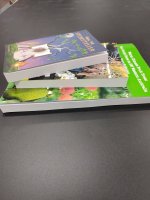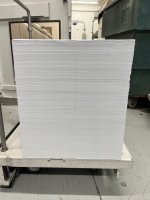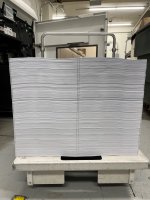I am looking at buying my first production machine, mainly for printing A4 black and white pages for perfect bound books.
I have just been given 2 ex-lease options, the ComColor 7150 (NZD 6,000+GST) and the GD7330 (NZD 13,000+GST).
I searched this forum on advice on the Riso ComColor range and came across this red flag:
Hence my question, what have other people experienced with the ComColor printers? Are they all as bad as @SPP-ShaneC described it? Are there better options for a small budget?
I have just been given 2 ex-lease options, the ComColor 7150 (NZD 6,000+GST) and the GD7330 (NZD 13,000+GST).
I searched this forum on advice on the Riso ComColor range and came across this red flag:
Hence my question, what have other people experienced with the ComColor printers? Are they all as bad as @SPP-ShaneC described it? Are there better options for a small budget?
Last edited:












